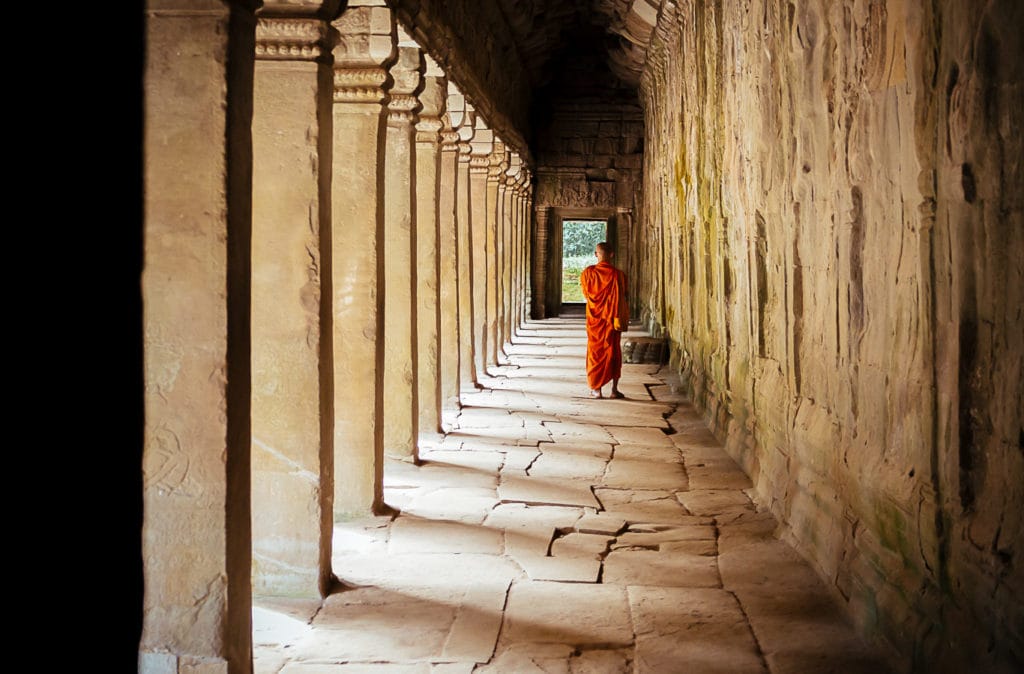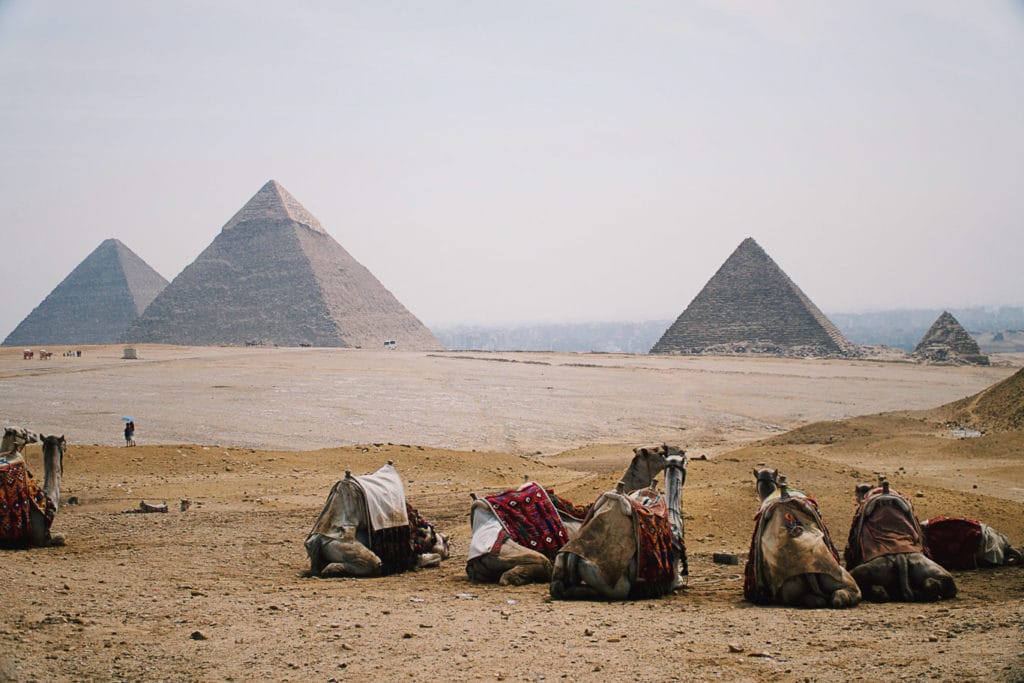Building the Taj Mahal in Ancient India
Study Architecture in India
The Worldwide Navigators Difference


Sojourn – Gain a better understanding of the community you’re visiting. Learn about different religions or spiritual practices. How do these impact the communities? How does religion or spirituality influence local traditions?
1 of 1

Savor – Will you choose sweet or savory? Take the time to visit local markets and discover unique local ingredients. Learn how to prepare traditional meals & local favorites.
1 of 1

Tip of the Tongue – Each morning, take the time to learn a few basic greetings and phrases in the local language. Learn how to write greetings & your name in the local script.
1 of 1

A Wrinkle in Time – History influences our present. Discover the history of the country you visit. Hear the stories of your guides & their family history. Where do they come from?
1 of 1

Journal Journeys – Take some time to reflect on the day’s events and document your journey. Spend a moment journaling about the day had & day ahead. These are memories for a lifetime!
1 of 1

Culture – From local dances, festivals, or simple gestures to communicate – all of these make up a country’s culture. Learn and practice cultural norms & how to show respect in the culture you visit.
1 of 1Itinerary
Land in the multicultural capital of India, New Delhi. With its tall buildings and vast gardens, you’ll want to jump out to explore as soon as you arrive.
Upon reaching the airport, you’ll be greeted by your expert guides and transferred to your comfortable hotel. There, a meal awaits you as a first introduction to genuine Indian cuisine.
You’ll also get you a quick breakdown of Indian culture and norms, including some basic words that will help you communicate with the locals throughout your trip.
Your adventure starts first thing in the morning where you’ll head down South to the city of Agra, 2 to 3 hours away from New Delhi by train. As you arrive you’ll immediately witness the city’s Indo-Islamic architectural style buildings.
Your first stop in Agra will be visiting the 380,000-square foot UNESCO World Heritage Fort of Agra—built in 1573 by Akbar, a Mughal Emperor. There you’ll see first-hand the red sandstone walls, pure-marble buildings, unique carvings of the Mughal era, and marvelous architecture from the 1500s.
Today marks the first day that you’ll enter one of the Seven Wonders of The World, the magnificent monument of Taj Mahal.
Also located in Agra, the Taj Mahal is a standing Mughal architectural masterpiece that is seen as a symbol of past Persian, Islamic, and Indian culture. Step inside the white-marble monument that even today attracts 6 to 8 million visitors a year!
Take lots of pictures because once you are inside, you’ll wonder how such an awe-inspiring monument could have been built centuries ago (it was built in 1632 as ordered by Mughal emperor Shah Jahan).
Now that you are familiar with India’s most prized jewel of Muslim art, you’ll shut the lights off and explore the Taj Mahal in a way few people can say they ever did.
Between the hours of 8:30 p.m. and 12:30 a.m., the Taj Mahal is open to a small selection of people in batches of 50, for up to 30 minutes. Fewer people means more room to embrace it!
Plus, this is the perfect time to catch a glimpse of the full moon behind the stunning Taj Mahal in a glowing form –the best views are on summer nights, FYI. Cross this one off your bucket list.
But it doesn’t stop there after your rare Moonlight Tour of the Taj Mahal—huddle up with your guides for a heartwarming story of how the Taj Mahal was built.
Now that you’ve covered the main attraction of India’s rich culture and history—next, you’ll visit the hidden gems that not too many people talk about.
The Itmad-Ud-Daulah’s Tomb, also known as “Baby Taj” is another marvelous architectural masterpiece from the Mughal era that is a must-see.
This monument is built almost entirely of marble, if not all of it, and was designed in pure symmetry. The arched entrances, octagonal-shaped pillars, and precision carved floral designs represent a unique time in India’s history.
After visiting Baby Taj, you have a free day to explore the city of Agra some more. Try visiting Mehtab Bagh Gardens for a different angle of the Taj Mahal with fewer people in it.
Wake up to a new adventure by visiting the city of Fatehpur Sikri. No more than 2 hours away from Agra, you’ll explore the once booming capital of the Mughal dynasty.
Fatehpur Sikri, meaning “City of Victory,” was constructed by none other than Emperor Akbar, the one responsible for the creation of Agra Fort. If you thought Agra Fort was incredible wait till you see what’s in store for you inside the city.
While you are there, you’ll take a full tour to every admired monument that lies in Fatehpur Sikri— including the Buland Darwaza, Diwan-I-Khas, Jodhabai Palace, Tomb of Sheikh Salim Chisti, Panch Mahal, and Jama Masjid.
All of which represent even more Hindu and Mughal architecture during India’s Mughal dynasty. Don’t worry about the names of each monument because your guides will give you more details as you explore each piece of history.
You’ll even know why this city was abandoned and left for good by the Mughals before moving to Agra in the 16th century.
After a long adventure into India’s rich culture and history in Agra, you’ll transfer back to the main capital of India, New Delhi. Rest up, discuss, and share your overall experience of your trip with your travel mates.
Once you arrive in New Delhi, if time allows you’ll get one last glimpse of the city before being transferred to the nearest airport.
Don’t forget your souvenirs!
You’ll cover the entire history of India’s Indo-Islamic culture and religion that still influences many parts of India today. Thousands of elephants were used to aid in the carrying of ivory white marble to build the Taj Mahal. Not to mention the 20,000 craftsmen who were pressed into service to complete a construction project that lasted almost two decades. Take a blast into the past of India’s 16th-century Mughal era where you’ll witness Indo-Islamic architectural masterpieces and rare handcrafted designs. See why the Taj Mahal is recognized as one of the Seven Wonders of the World, a UNESCO World Heritage Site and a perfect destination for educational student trips to study architecture.
Value
3-6 Day
Group Trips
- Airfare
- Transportation
- 2.5 - 3-Star Accommodations
- Daily Activities & Excursions
- 2 Meals Per Day
- Tours & Entrance Fees
- Daytime & Self-Guided Tour Director
- 1 Impact Project
Classic
7-12 Day
Group Trips
- Airfare
- Transportation
- 2.5 - 3-Star Accommodations
- Daily Activities & Excursions
- 2 Meals Per Day
- Tours & Entrance Fees
- Daytime Guided Tour Director
- Up to 2 Impact Projects
Epic
7-14 Day
Group Trips
- Airfare
- Transportation
- 3.5 - 4-Star Accommodations
- Daily Activities & Excursions
- 2 Meals Per Day
- Tours & Entrance Fees
- 24/7 Guided Tour Director
- Up to 3 Impact Projects
- Final Night Celebration Dinner
Interested in adding or modifying activities? No problem! All Worldwide Navigator itineraries can be customized to your liking!
In collaboration with our partners


